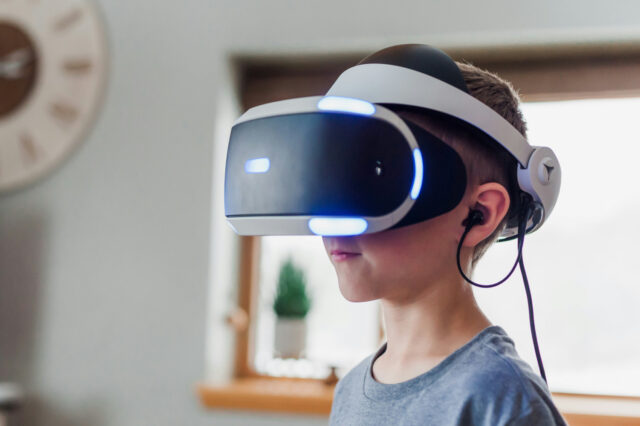
In an era of rapid technological advancement, eye care is seemingly at the forefront. Innovations like wearables and digital health tools are transforming the landscape, offering optometrists novel ways to enhance patient care. Let’s dive into some of the most exciting developments today and explore how you can integrate these into your practice.
Smart Specs
Smart glasses or contact lenses are another groundbreaking innovation. Equipped with sensors, they can monitor intraocular pressure in glaucoma patients, track glucose levels for diabetics, and even provide augmented reality (AR) experiences. Imagine providing your patients with a contact lens that not only corrects their vision but also continuously monitors their health. This could be a game-changer in early detection and personalized treatment plans.
VR
Virtual Reality (VR) isn’t just for gamers anymore. Optometry is embracing VR’s immersive capabilities to create engaging vision therapy programs for conditions like amblyopia (lazy eye) and strabismus (crossed eyes). Imagine a child battling amblyopia training in a virtual world filled with interactive games that challenge their weaker eye. For sports vision training, VR can provide data that can enhance an athlete’s visual performance. Incorporating wearable eye trackers into your practice could open new avenues for diagnostics and tailored therapy programs. Moreover, the use of these devices can not only personalize therapy but also boosts engagement, leading to potentially faster improvements.
These devices can also be used to improve the quality of life for low vision patients. A recent study aimed to evaluate the efficacy of a wearable smartphone-based low vision aids (LVA) with customizable vision enhancement found that these aids could provide clinically significant improvements in the visual function of patients and was generally well tolerated, offering improvements in binocular best-corrected distance, intermediate, and near visual acuities, as well as in facial recognition performance and reading accuracy.
Tele-optometry
Tele-optometry has surged in popularity, especially post-pandemic. Offering virtual consultations can expand your reach, providing convenient care for patients who may have difficulty accessing in-person appointments. Investing in high-quality video conferencing tools and secure patient data management systems is crucial for successful tele-optometry services.
Practical Tips for Your Practice
So, how can you leverage these exciting advancements? Here’s a roadmap:
- Embrace Continuous Learning: Stay updated on the latest wearable technology and its potential applications in eye care.
- Partner with Tech-Savvy Labs: Collaborate with research institutions or companies developing innovative eye care wearables. Early access can provide valuable insights and position you at the forefront of this technology.
- Invest in Training: Equip yourself and your staff with the knowledge to understand and recommend wearable tech to your patients. Consider hosting workshops or attending industry conferences focused on this evolving field.
- Market Your Innovations: Highlight your use of advanced technologies in your marketing materials to attract tech-forward patients.
The future of eye care is intelligent, personalized, and preventative. By embracing these technological advancements, you can empower your patients to take charge of their vision health and build a thriving, future-proof practice.



